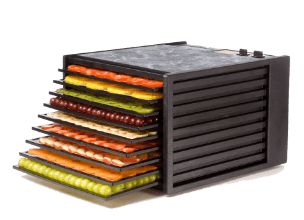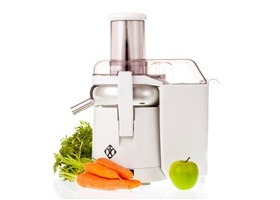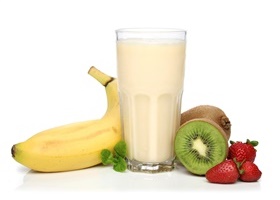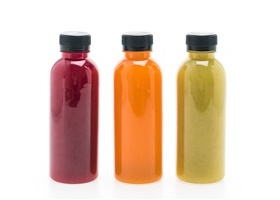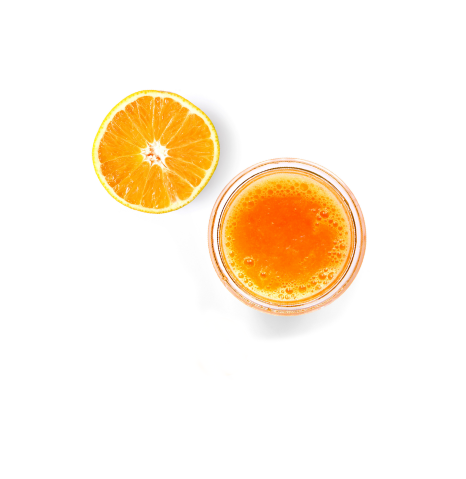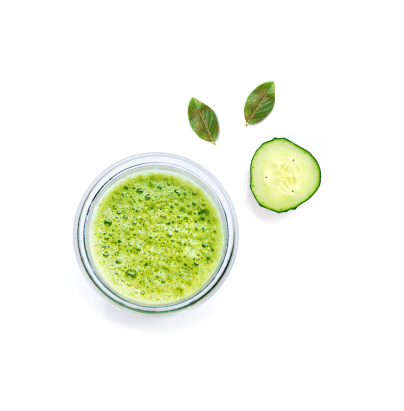Cold Pressed Juice – Homemade Vs Pre-packed
Plastic bottles of juices and smoothies with the words ‘Cold Pressed’, ‘Fresh’ and ‘Raw’ are proliferating on the shelves of health stores and supermarkets, with their main selling point being that they have not been pasteurised or heat-treated. But even if we disregard the eye-wateringly expensive price of these products, can preserved pre-packed juice ever be as nutritious as fresh juice direct from your juicer? We would say a definitive no in answer to that question, but here we go into the subject in more detail.
First of all it’s important to be clear that we are not talking about genuine fresh cold pressed juice that has simply been bottled, with no other treatments. Some juice delivery services and small scale producers make high quality fresh juice that has the same shelf life as the juices we make at home, and it therefore needs to be consumed within a few days. That’s great if you can afford the convenience of having it made for you, but bottled juice of this quality is only available locally because of it’s rapid deterioration. Here though we are discussing mass market commercial products that claim to be ‘raw’, but which have undergone High Pressure Processing or HPP, which extends the shelf life of the product.
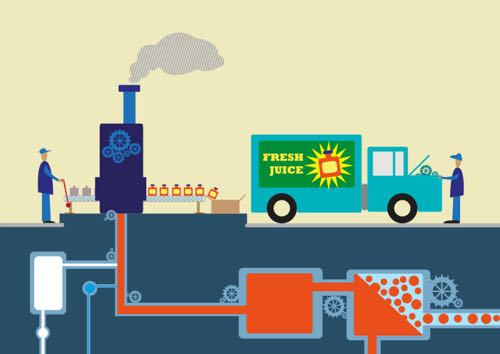
What is HPP?
High Pressure Processing is a type of low temperature preservation process. In the case of juices and smoothies, once the product has been bottled the bottles are then subjected to extremely high pressures under water in a pressurised chamber. The bottles must be flexible plastic, to allow transmission of the pressure to the juice, and the impact of this is similar to pasteurisation, ensuring that bacteria are killed, giving a shelf life that allows the supply chain for the bottled juices to be extended well beyond what would be possible with a truly fresh product.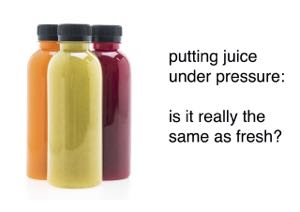
HPP claims to keep nutrients intact and present the customer with a product of a similar quality to one that is freshly made. If you are looking at a bottle of so-called cold pressed juice in the supermarket with a sell by date of a few weeks rather than a few days, it has likely undergone this treatment.
Manufacturers are always looking to improve the quality, flavour and customer perception of these drinks, for obvious commercial reasons. HPP produces a product that is superior in appearance and flavour to heat-based preservation methods, but does it really offer what we expect of a truly fresh and raw product?
Lies, Damned Lies & Marketing
In our opinion, claims made for these drinks are grossly exaggerated, misleading, and rest on a shaky foundation of very little evidence or proof. HPP was developed for the purely commercial benefits of production on an industrial scale and not to ensure that you actually receive the same nutritional values that exist in the fresh product. The fact that heat is not applied does improve the flavour and colour over that obtained by previous juice preservation methods, giving a strong commercial advantage. Lawsuits have already been brought against juice businesses in the USA regarding claims of being ‘fresh’ and/or ‘raw’ but so far without success. The question of freshness and nutrition is far from clear if you explore the limited research that has been done on HPP, and some might wonder if the multi-million corporate investments being made in going after the ‘fresh juice’ market with HPP products might be influencing legal outcomes, given the firepower of corporate legal departments.
The Evidence
We’ll be quoting from the following analysis below: “Opportunities and Challenges in High Pressure Processing of Foods” by N. K. Rastogi , K. S. M. S. Raghavarao , V. M. Balasubramaniam , K. Niranjan & D. Knorr (2007) Critical Reviews in Food Science and Nutrition, 47:1, 69-112, DOI: 10.1080/10408390600626420
http://www.tandfonline.com/doi/abs/10.1080/10408390600626420
Our first and possibly most important quote from this fully referenced 45 page analysis is something that really needs to be absorbed:
“Information relating to the effects of high pressure on toxins, allergens, and nutrients are rare”. For people who are concerned about the impact of eating processed foods, the level of unknown consequences of the HPP method may be a concern. Sure, the risk of bacterial infection has been removed, but knowledge of the potential consequences of the changes in structure that all ingredients undergo in HPP seems to be pretty sketchy.
The primary concern of the majority of testing and research into HPP is to meet food regulation requirements in terms of food safety and shelf life, while presenting a more appetising product than other preservation methods. Nobody fully understands the nutritional implications of the molecular changes to the chemical components of food that is HPP treated, so we can’t yet make definitive statements about actual impact on nutritional qualities beyond a few generalisations. We’d suggest that this could be because there is no commercial value in doing the research that might give a more complete picture.
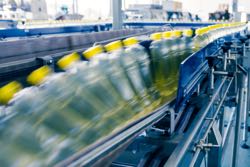 Some studies argue that the nutritional integrity of the juice is retained, while others claim it is nutritionally inferior. As with a lot of research, the way in which the results are reported seems to depend largely on who paid for the study. To us, a side by side comparison of HPP versus the real thing is probably the best indicator of which is obviously superior, and this can also be supported by common sense and some actual evidence.
Some studies argue that the nutritional integrity of the juice is retained, while others claim it is nutritionally inferior. As with a lot of research, the way in which the results are reported seems to depend largely on who paid for the study. To us, a side by side comparison of HPP versus the real thing is probably the best indicator of which is obviously superior, and this can also be supported by common sense and some actual evidence.
With the exception of orange juice, reports about consumer perception of retention of colour, flavour and quality are not based on comparisons with freshly made drinks in any case. So when claims are made that studies show there is “no impact on sensory quality” of the juice they are not comparing like for like. That’s pretty obvious to us, just from our experience when we’ve sampled the kind of de-natured, overly sweet gloop on offer.
For us the understanding of what constitutes a raw, natural juice includes the idea that none of the nutrients or enzymes are altered or degraded. With HPP treatment there is no doubt from the available science that structural change to the nutritional components has indeed taken place. Here are a few of the facts of the matter:
“It is well known that high pressure processed food can modify the activity of some enzymes and the structure of some proteins.” – enzyme integrity is an important consideration in the perceived health benefits of juicing amongst raw food enthusiasts. For those favouring a plant based diet, protein is also a very important consideration. When broccoli was tested it was found that “The protein content decreased after the high-pressure treatments”
“…the structure of the large molecules such as proteins, enzymes, polysaccharides, and nucleic acid may be altered (Balci and Wilbey, 1999)” – OK, so the molecular structures are changed. This may or may not impinge on the nutritional quality, but such foods probably don’t conform with what most raw fooders understand by ‘raw’.
One test we’d like to see would be quite simple to carry out in terms of showing whether HPP ‘kills’ your food. A fresh carrot can be stored for weeks, and if it is then planted it will grow because it is alive. Anyone want to bet that a HPP treated carrot would still grow? Of course juicing would ‘kill’ your carrot too, but the whole point for raw fooders when juicing is to consume the raw, organic nutrients close to the live state, which is when ingredients are at their freshest.
Polysaccharides are also an important nutritional component with many benefits for human health. It seems to be clear that for anyone concerned about eating food that is as close as possible to its natural raw state, HPP doesn’t even come close to meeting that expectation, in spite of all the claims made about it.
“Enzymes are a special class of proteins in which biological activity arises from active sites, brought together by a three-dimensional configuration of molecule. The changes in active site or protein denaturation can lead to loss of activity, or changes the functionality of the enzymes (Tsou, 1986)” – enzymes present in raw foods are believed to assist in the metabolisation of their nutrients when we consume them and some important cancer preventive properties have been suggested for enzymes when they are consumed raw.
The available evidence leaves little room for doubt that HPP treatment significantly alters the structure of foods. That might not be a major problem in terms of food safety, but for those who are misled into believing that HPP products are almost identical to fresh, a little knowledge goes a long way in busting the myth.
Fresh Juice Is The Best Juice
For us this is self-evident, not just in terms of flavour and appearance but also as a matter of direct subjective experience of the unrivalled health benefits of juicing. When the facts and evidence are so obfuscated by commercial interest, we’d suggest that experience – informed by common sense and a healthy dose of scepticism – is a potentially good method of judging whether these pre-packed juices should really be regarded as either ‘fresh’ or ‘raw’. The battle of juicing ideologies is still playing out and we may eventually see labelling requirements change. But do you think it’s reasonable for those who manufacture these products to suggest that a process which subjects the components of food to significant molecular changes under extremely high pressure could ever produce a drink that can be described as ‘raw’? Pre-packed products like these are also generally high in fruit content. Most nutritionists would recommend more veg and less fruit for a balanced and healthy juicing regime and that’s what we recommend too, using the 80/20 rule.
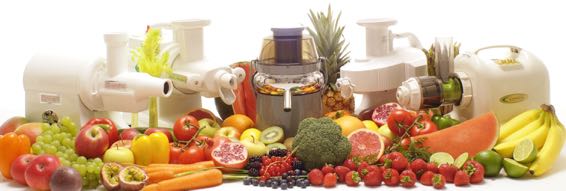
In our opinion fresh homemade juices and smoothies are superior in every way to these mass market products. They cost a fraction of the price and they are genuinely fresh and raw – not processed on an industrial scale to stabilise them for weeks spent on a refrigerator shelf. The jury may still be out on whether some of the marketing techniques associated with HPP juice products are misleading enough to be unlawful; we’re pretty sure that many of the claims being made are disingenuous. It seems like common sense to us to stick with the principle that fresh is best.
 Register / Login
Register / Login 





